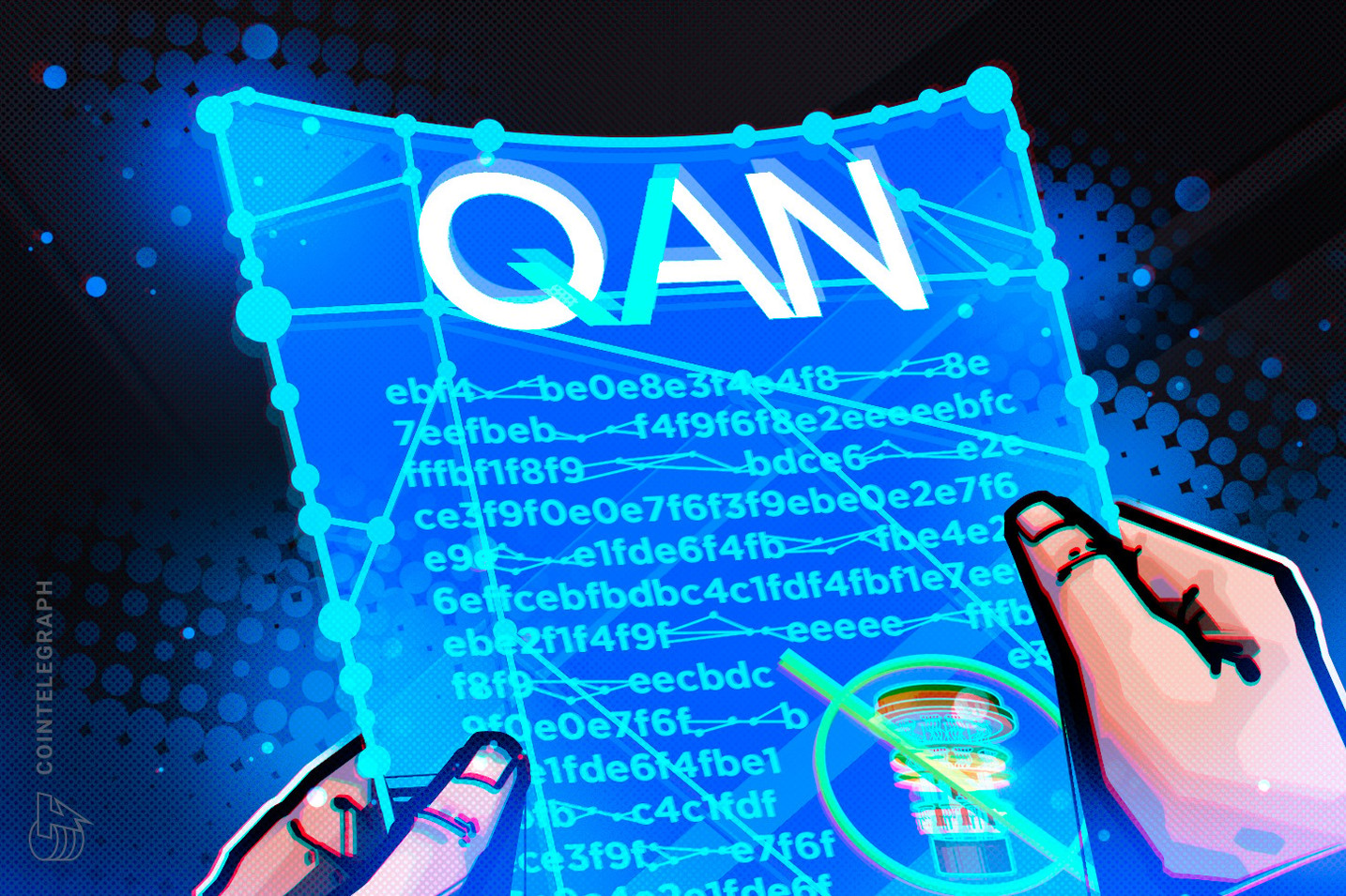Sponsored Content
Post-quantum blockchain platform QANplatform’s cross-signer QAN XLINK completes Hacken’s audit.
Blockchains rely on cryptographic systems that protect private keys — the essential credentials people use to approve transactions and show they own their funds. These algorithms are designed to stand up to familiar threats like brute-force guessing, key-derivation attacks and attempts to recover a private key from its matching public key.
They rely on one-way mathematical functions and extremely large key spaces so that, with today’s classical hardware, it’s effectively impossible for an attacker to break the link between a user’s public identity and their private signing authority. This structure has helped cryptocurrencies run securely for more than a decade.
Looking ahead, cryptocurrencies face a serious risk: quantum systems that can exploit blockchain cryptography to solve mathematical problems that would take classical computers thousands of years to crack.
Even though this isn’t an immediate threat, experts expect quantum computing advanced enough to break blockchain cryptography to arrive in the 2030s. Once those systems mature, they could make it much easier to derive private keys from public information and leave cryptocurrency wallets exposed to theft.
The emerging threat raises an industry-wide concern about how to protect cryptocurrencies in a post-quantum environment.
Blockchain ready for post-quantum era
Set sail with this concern in mind, QANplatform delivers a blockchain platform ready for the arrival of quantum computers. Its cross-signer protocol, QAN XLINK, is the key to ensuring quantum resistance.
The protocol issues dual signatures with both classical blockchain cryptography and Post-Quantum Cryptography (PQC) algorithm. It is compatible with Ethereum Virtual Machine (EVM) and can be integrated with wallets like MetaMask and Trust Wallet. This approach smooths migration from current cryptography algorithms to post-quantum ones without breaking compatibility.
Blockchain security firm Hacken recently conducted a comprehensive cybersecurity audit on this protocol. Hacken announced that the protocol provides effective safeguards against the quantum computing threat.
En route to mainnet
Hacken previously audited the QAN Virtual Machine (QVM). This virtual machine unlocks smart contracts and decentralized applications (DApps) on QANplatform, and allows developers to code in any programming language.
Key outcomes from the audit:
— Hacken🇺🇦 (@hackenclub) July 29, 2025
✅ 22 high-severity issues fixed
✅ AI-enhanced test coverage across 2,800+ cases
✅ Verified deterministic execution under edge conditions
✅ Race conditions, signal handling, and syscall vulnerabilities addressed
✅ AI tool open-sourced for…
The security firm created an AI-assisted process to thoroughly audit QVM, which gave the green light to deploy the virtual machine.
“Following the success of our QVM, we’re forging the path to bring post-quantum security to the broader Web3 ecosystem,” said Johann Polecsak, co-founder and chief technology officer of QANplatform, adding:
“Hacken’s thorough audit of QAN XLINK bolsters confidence in our ability to deliver forward-looking, quantum-safe blockchain security.”
QAN XLINK audit marks the second round of checks before mainnet launch. Over the coming months, QAN will also carry out an integration audit to test the interoperability of blockchain components.
Proactive effort against the quantum threat
Quantum computing forces a future where blockchains must operate under different security rules. QANplatform is actively preparing for this shift rather than treating it as a distant scenario.
Its work on post-quantum signatures and compatibility features points to a network built to absorb cryptographic change without forcing users or developers to rebuild their habits from scratch.
The broader goal is continuity: keeping today’s infrastructure functional while preparing it for algorithms that will define the next era of secure computation. Industry experts, such as Ethereum co-founder Vitalik Buterin, believe elliptic curves — the cryptography used to create public and private keys — will not be functional in the post-quantum era.
Quantum’s arrival will be troublesome for many existing blockchains, according to Johann Polecsak, and blockchains that adapt the new cryptographic standard will shape how digital assets are protected and how applications survive long timelines.
QANplatform positions its architecture along that trajectory, aiming for an environment where post-quantum protection becomes part of everyday use, not a separate layer added in response to future pressure.
Disclaimer. Cointelegraph does not endorse any content or product on this page. While we aim at providing you with all important information that we could obtain in this sponsored article, readers should do their own research before taking any actions related to the company and carry full responsibility for their decisions, nor can this article be considered as investment advice.
